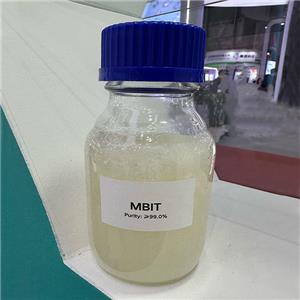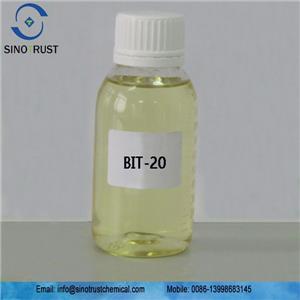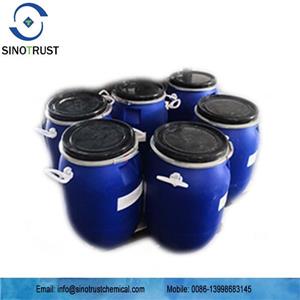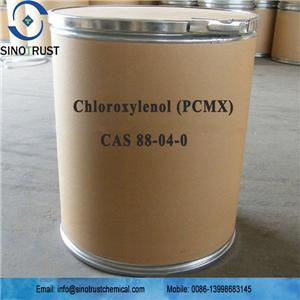The difference between oxidizing bactericides and non-oxidizing bactericides
The difference between oxidizing bactericides and non-oxidizing bactericides
The fungicides used for water treatment are divided into two categories, one is oxidizing fungicides, the other is non-oxidizing fungicides, both of which are used for sterilization in water treatment. What is the difference between these two categories?
There are different types of oxidizing fungicides and non-oxidizing fungicides. Oxidative bactericides include sodium hypochlorite, sodium dichloroisocyanurate, trichloroisocyanuric acid, euchloroquine, strong chloroquine, etc.; non-oxidative bactericidal algaecides include benzalkonium chloride, isothiazolinone, etc. Judging from the name, it can be felt that the chlorine-containing bactericides are all oxidizing bactericides, which is also the case.
Oxidizing biocides and non-oxidizing biocides have different appearances. Oxidative bactericides are generally solid powder or flakes, and non-oxidative bactericides are generally liquid.
Oxidizing fungicides have different effects than non-oxidizing fungicides. Oxidizing biocides have an oxidizing effect on reducing substances in water. When there are organic substances, hydrogen sulfide and ferrous ions in the water, part of the oxidizing biocides will be consumed, reducing their biocidal effect. The non-oxidative bactericide and algicide does not kill microorganisms by oxidation, but acts on special parts of microorganisms by poisoning, so it is not affected by reducing substances in water.
Oxidizing fungicides and non-oxidizing fungicides have different time of effect. Oxidative fungicides have the advantages of fast sterilization and algae killing, broad-spectrum biocidal effect, low treatment cost, relatively small impact on environmental pollution, and microorganisms are not easy to produce drug resistance. The disadvantage is that it is greatly affected by the organic matter and reducing substances in the water, the medicine time is short, and it is also greatly affected by the pH value of the water. The biocidal effect of the non-oxidative bactericide and algicide has a certain persistence, and it can penetrate and peel off the sediment or slime. It is less affected by reducing substances such as hydrogen sulfide and ammonia, and is less affected by the pH value of the water. However, the treatment cost is relatively higher than that of oxidative bactericides and algicides, which is easy to cause environmental pollution, and microorganisms in the water are easy to produce resistance.
There are some differences between oxidative bactericides and non-oxidative bactericides, so these two fungicides should be used alternately. Alternate use, the bacteria will not easily develop resistance to the drug, and the sterilization effect will be better.




